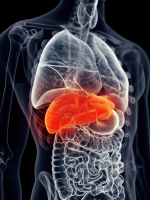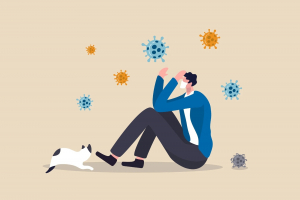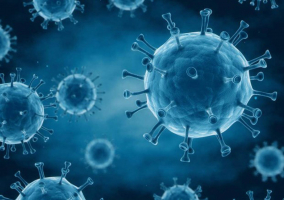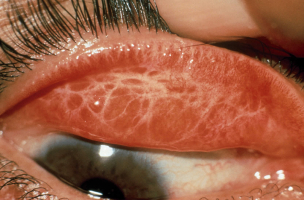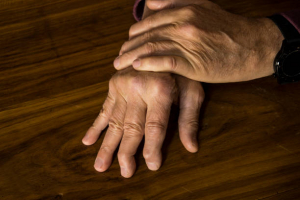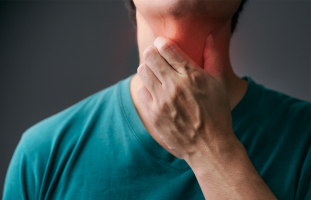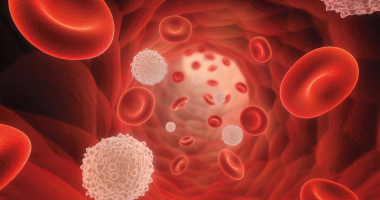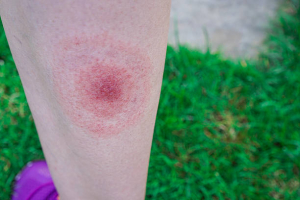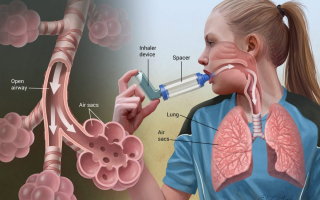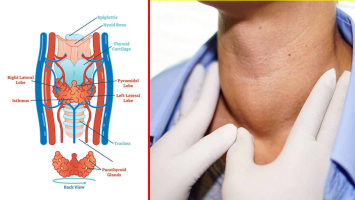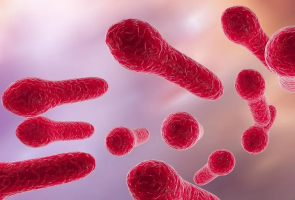Top 11 Symptoms of Yellow Fever
Yellow fever is a viral disease spread by the bite of specific kinds of mosquitoes. Infected mosquitoes transmit the viral disease called yellow fever to ... read more...people. Milder symptoms like body aches and fever can progress to more catastrophic ones like organ failure. Being vaccinated can help prevent it from becoming fatal. Toplist has compiled some most common symptoms of yellow fever for you.
-
Hemorrhage is the loss of blood from a damaged blood vessel. A bruise is a mild example, whereas damage to an interior organ is a major one. Be aware of the symptoms of internal bleeding even though external bleeding is obvious and could be simpler to detect.
Hemorrhage caused by Yellow Fever can be extremely serious and even fatal. Bleeding in the mouth, nose, eyes, and gastrointestinal tract cause vomit containing blood. Besides kidney failure, delirium and hiccups are other side effects. You should see a doctor as soon as you can if you experience yellow fever symptoms while traveling in a region where the virus is present or after just leaving one of these areas.
Your doctor will want to know exactly where you have been and what symptoms you are having in order to determine whether you have yellow fever. A blood test is required for the diagnosis confirmation.

Photo by Karolina Grabowska via Pexels 
Photo by Luca Luperto via Pexels -
One of the most serious and severe symptoms of yellow fever is jaundice. Although jaundice in and of itself is not a disease, it can be an indication of a number of various disorders. Jaundice is referred to in an understandable way as "Yellowing of the skin and eyes." A high quantity of bilirubin, a yellow-orange bile pigment, causes the skin, whites of the eyes, and mucous membranes to turn yellow, a condition known as jaundice. The liver produces bilirubin, a yellow pigment, as a result of the breakdown of dead red blood cells. The liver normally gets rid of bilirubin and old red blood cells.
Jaundice may be a sign of a serious problem with the function of your pancreas, liver, gallbladder, or red blood cells. The causes of jaundice are numerous, including malignancies and gallstones. Hepatitis can occasionally be blamed for jaundice. An infection, an autoimmune condition, significant blood loss, medications, alcohol, or pharmaceuticals can all cause this liver inflammation.
Owner: Doctor Hospital via Youtube Owner: Peekaboo Kidz via Youtube -
Yellow fever can develop without any noticeable symptoms. One of the less severe signs that you should be aware of is fever. Don't assume anything is wrong, however, if you or your child has a higher-than-average body temperature but no other signs of sickness. The temperature of a person varies during the day and is affected by different everyday activities and emotions. If an adult develops a fever over 105°F (40.5°C) and it does not go away with treatment, it is a medical emergency that could be hazardous to life, and you should call 911.
These actions can reduce the risk of spreading the bacterium to someone else if you are receiving treatment for typhoid fever: Continue taking antibiotics as long as your doctor has instructed you to, After using the restroom, gently wash your hands with soap and water. Avoid preparing or serving food to others.
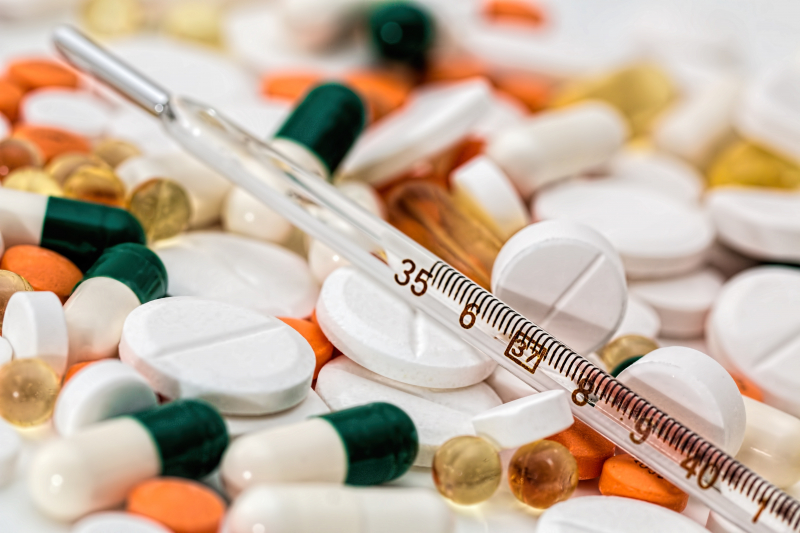
Photo by Pixabay via Pexels 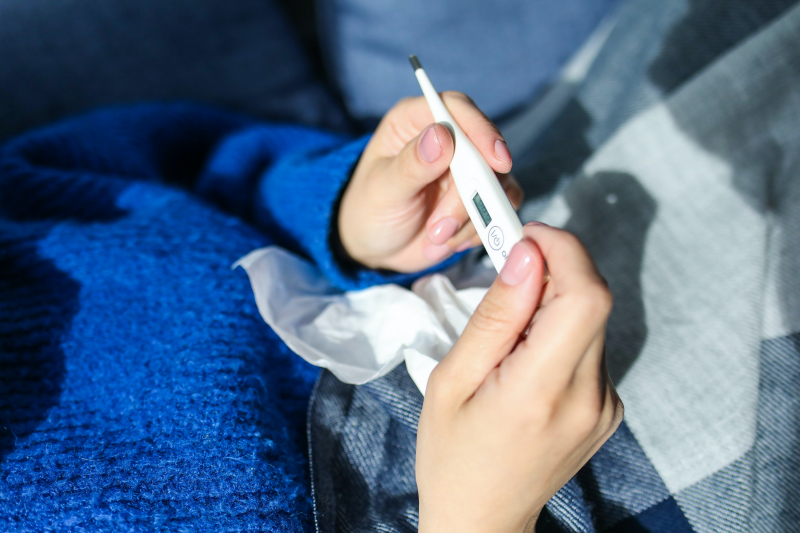
Photo by Polina Tankilevitch via Pexels -
There are many different diseases and conditions causing liver failure, including Hepatitis B and C, non-alcohol-related fatty liver disease, alcohol abuse, and yellow fever. Liver failure is one of the severe symptoms of yellow fever. If your liver isn't functioning properly to carry out its functions, liver failure will result (for example, manufacturing bile and ridding your body of harmful substances). Blood in the stool is one of the symptoms, along with nausea and appetite loss. Avoiding alcohol and a few foods is part of the treatment.
Thirty million Americans are estimated to suffer from liver disease in some way. The number of liver transplants performed in the United States in 2017 was over 8,000, while more than 17,000 people are currently on the waiting list. Several of your body's organs can suffer from liver failure. Among the complications of acute liver failure are bleeding, electrolyte imbalances, and infections. Both acute and chronic liver failure may eventually cause mortality if left untreated.
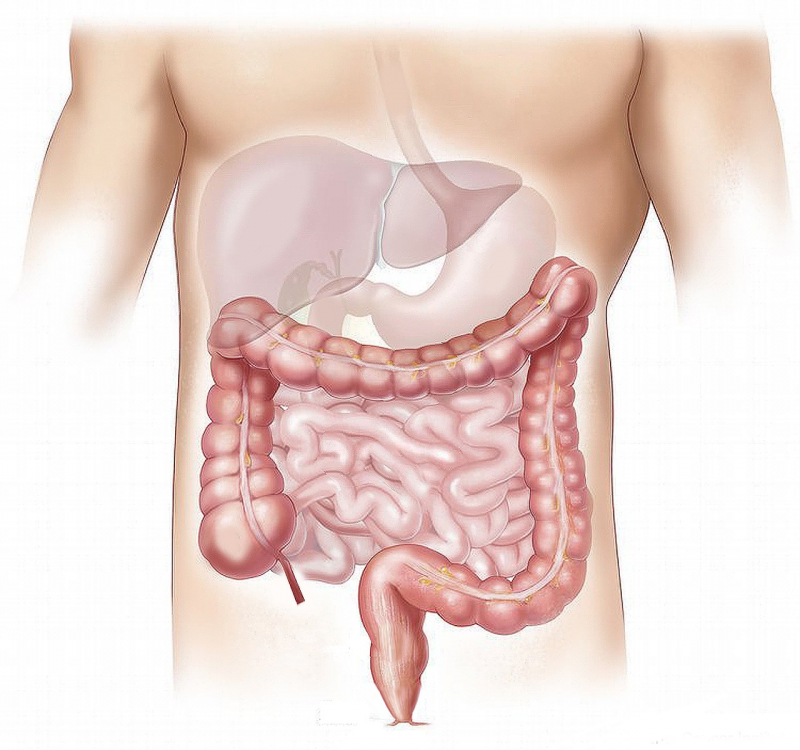
Photo by Elias via Pixabay 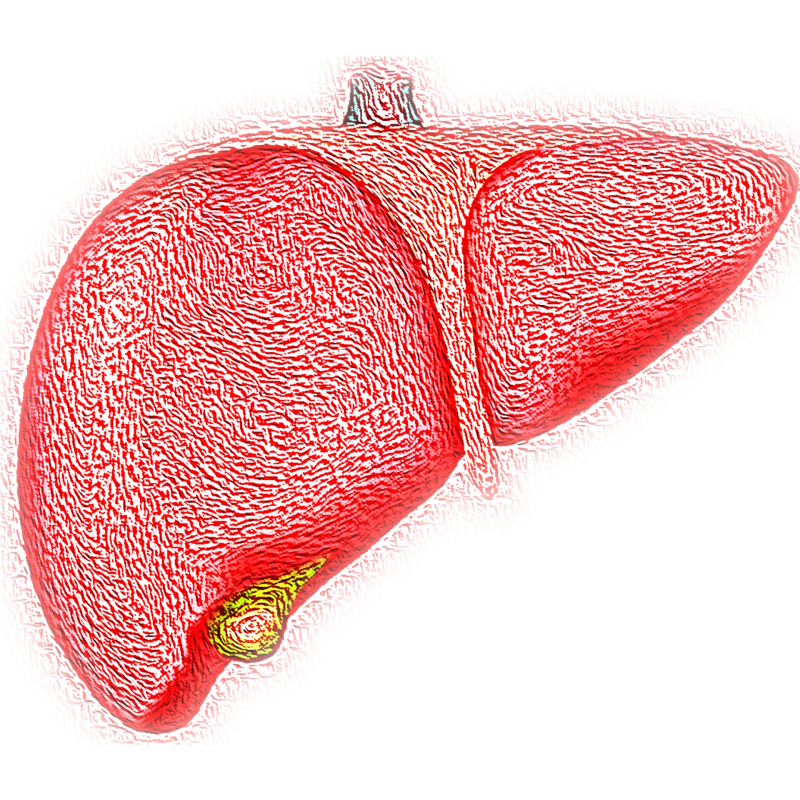
Photo by VSRao via Pixabay -
Kidney failure is one of the severe symptoms of yellow fever. Kidney failure (renal failure) means one or both of your kidneys no longer function well on their own. Kidney failure can occur suddenly and is occasionally transitory (acute). Sometimes it's a chronic (long-term) illness that deteriorates gradually.
The most serious stage of renal disease is kidney failure. Without treatment, it is lethal. You may make it through a few days or weeks without assistance if you have kidney failure. A kidney's functions are varied. Helping your body clear toxins is one of its most crucial tasks. Your kidneys filter your blood, removing waste from it through urine (pee). Whenever your kidneys aren't functioning properly, waste products accumulate in your body. You will become ill and finally pass away if this occurs. With the right care, many people can manage renal failure.
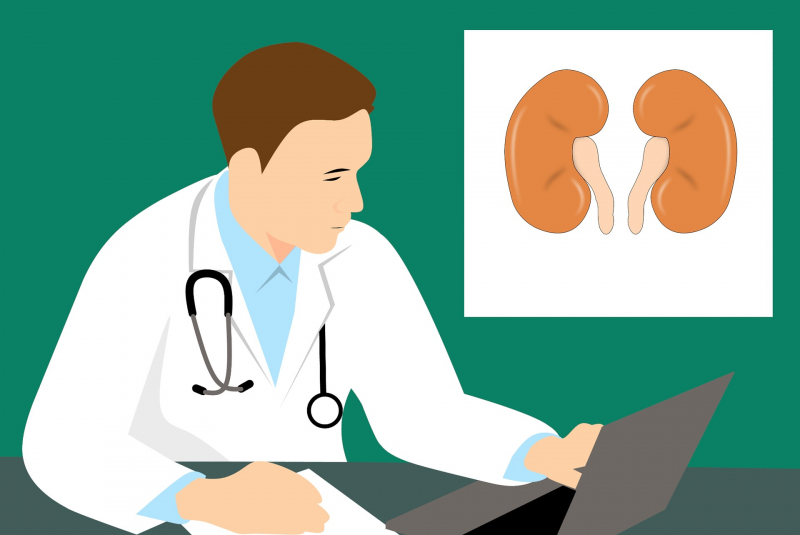
Photo by mohamed_hassan via Pixabay 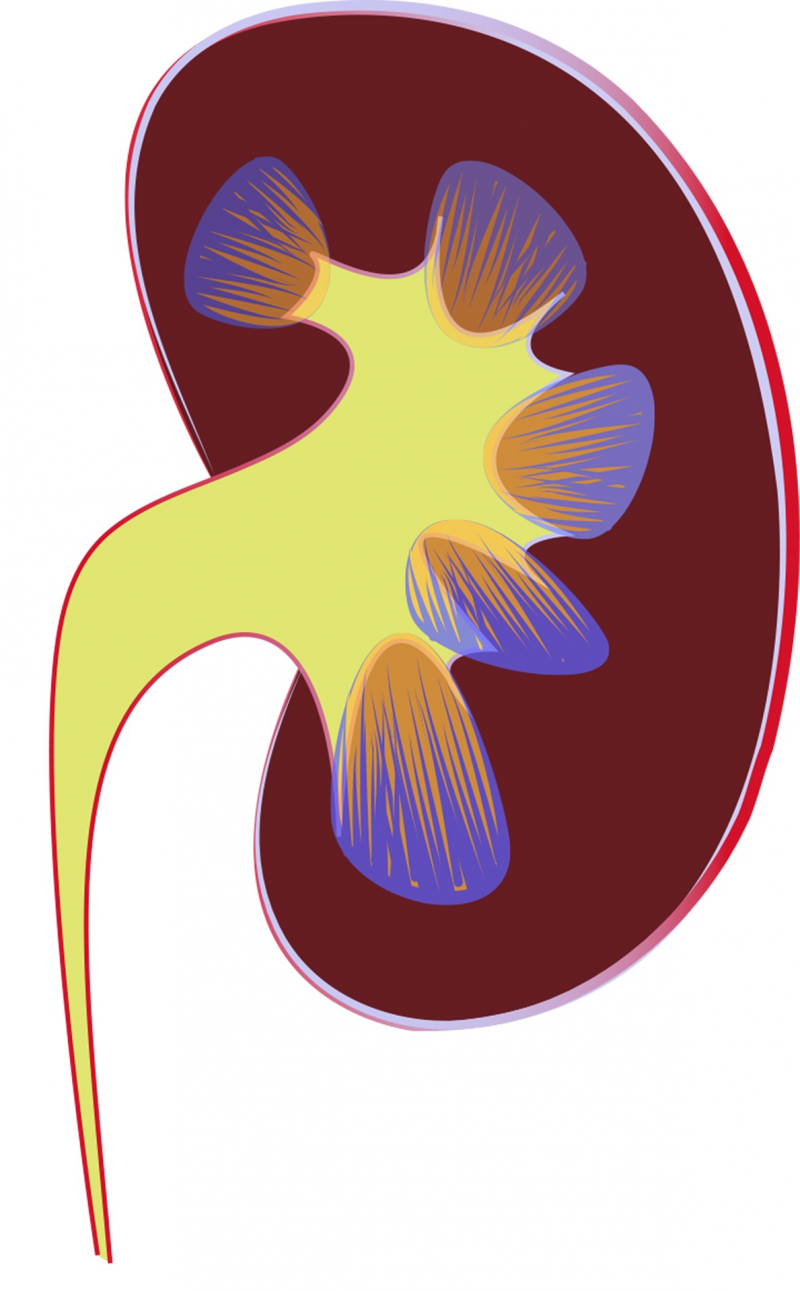
Photo by azwer via Pixabay -
The symptoms of the yellow fever virus might vary. Some people may have no symptoms. You can experience symptoms similar to the flu, including aches, pains, and fever, or you might start bleeding and get liver damage. While some people have serious, life-threatening illnesses, others only experience mild symptoms. A few people experience delirium. Their blood pressure is extraordinarily low (shock). Severe infection can cause seizures, malfunction of several organs, and coma may occur. With severe bleeding and a fever, death rates can reach 50%. When a person's blood pressure falls so low that the body's cells aren't getting enough blood and oxygen, they experience shock.
If you already have yellow fever, you can't spread it to someone else. For instance, it cannot be shared through kissing or coughing. But if you have the disease, a mosquito may bite you and spread it to someone else.
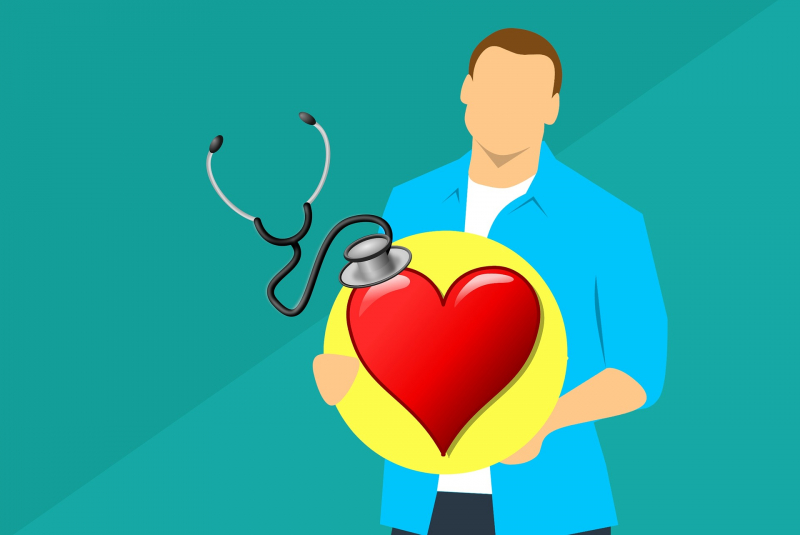
Photo by mohamed_hassan via Pixabay 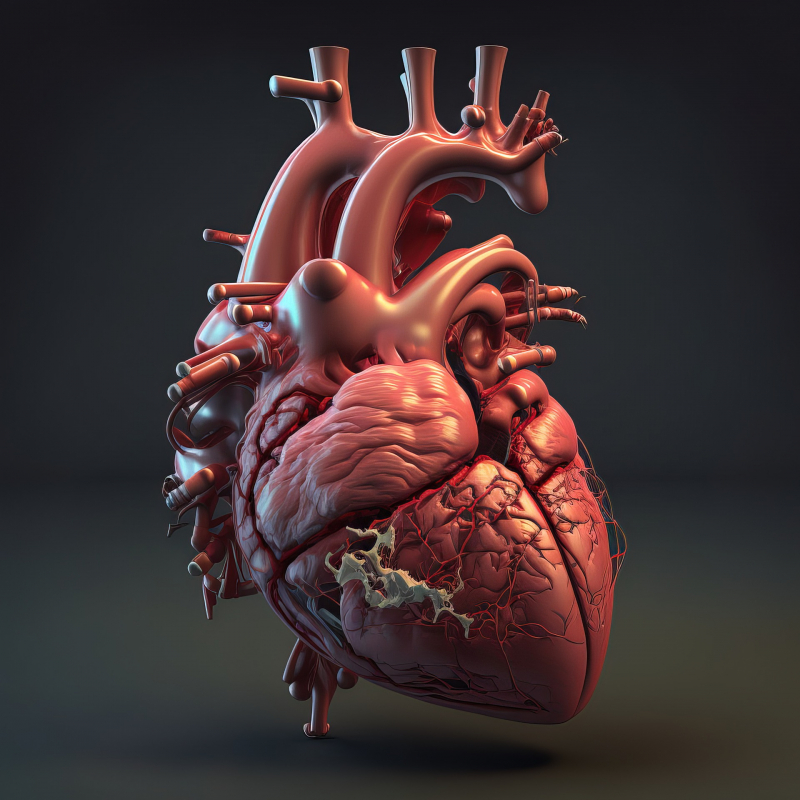
Photo by HANSUAN FABREGAS via Pixabay -
Yellow fever symptoms often occur from 3 to 6 days after being bitten by an infected mosquito. The earliest signs of this disease are sudden, severe body aches. All of these symptoms subside after a few days. Some experience a high fever, nausea, and vomiting a few hours or days after the first symptoms go away, while others recover. Because the liver is diseased, the skin turns yellow (jaundice).
Many countries require vaccination only for travelers coming into their country from areas where yellow fever occurs. People should get vaccinated if they are traveling to regions where yellow fever is widespread. There is a vaccination available for use by residents of countries with endemic diseases and for visitors to regions where yellow fever is common, but it's also important to avoid mosquito bites. Plan to get the vaccine at least 10 days before your travel since proof of vaccination is not valid until 10 days after getting the vaccine, the time needed to develop immunity to yellow fever virus.

Photo by Karolina Grabowska via Pexels 
Photo by Ba Tik via Pexels -
Everybody occasionally experiences fatigue. Feeling extremely overtired is fatigue. Fatigue makes it hard to get up in the morning, go to work, do your usual activities and make it through your day. Whether you relax or sleep, you can wake up with a strong desire to sleep and not feel rested. Fatigue can be brought on by a wide variety of illnesses, disorders, treatments, and lifestyle habits. There are two types of fatigue: chronic and temporary (lasting six months or more). If you are experiencing fatigue and other symptoms as listed above, contact your healthcare provider as soon as possible.
Consult your doctor if your weariness doesn't go away with adequate rest and nourishment or if you think it might be brought on by a physical or mental health condition. They can work with you to identify the root of your exhaustion and address it. Your doctor can request some tests if they think you have an underlying medical disease that is the root of your fatigue. They might, for instance, request blood or urine tests.

Photo by Christian Erfurt via Unplash 
Photo by mohamed via Pixabay -
Nausea and vomiting are symptoms of many different conditions, including yellow fever. Happening in both adults and children, there are many ways to relieve nausea. Drinking ice-cold beverages and do not mix hot and cold foods, bland foods can help. , bland snacks can also be beneficial. See your doctor if these methods do not seem to reduce your nausea. If nausea persists for longer than a week, you should see a doctor. Vomiting can be handled at home and typically becomes over within six to 24 hours.

Photo by hhach via Pixabay 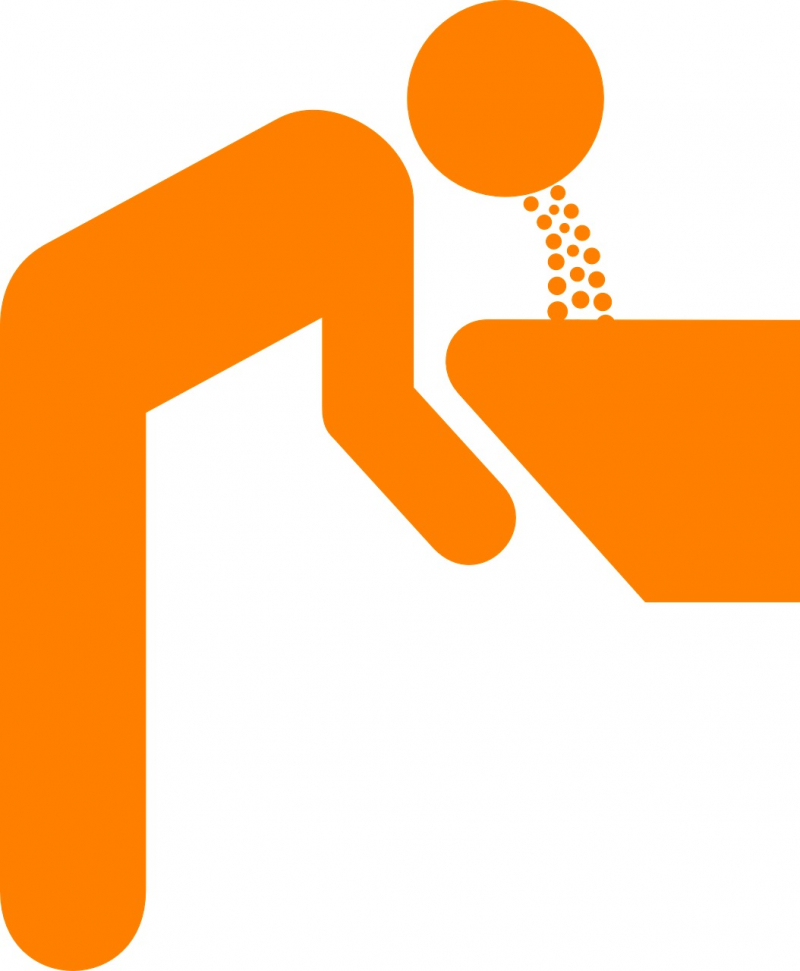
Photo by Clker-Free-Vector-Images images via Pixabay -
Most people will experience headaches several times throughout their life because they are such a common condition. A headache's main symptom is discomfort in the head or face. Tension headaches are the most common of the several forms of headaches. Most headaches are not harmful, but other types may indicate a significant underlying disease. Headache can be a mild symptom of yellow fever, which not many infected people are aware of. Anyways, if you’ll be spending time in any area known to have yellow fever, get the vaccine about three to four weeks before going on your trip.
It could be necessary to consult a doctor if you get headache symptoms three or more times each month. If the headaches affect your quality of life or lead to further issues like stress, sadness, or other worries, you might also want to think about getting preventative treatment.

Photo by Gerd Altmann via Pixabay 
Photo by Lukas Bieri Lukas Bieri via Pixabay -
Around 200,000 people around the world suffer yellow fever each year. Each year, the disease kills roughly 30,000 people. About 90% of these illnesses and deaths occur in Africa. Yellow fever primarily affects people who work or reside in the jungles of subtropical and tropical Africa and South America. The disease is spread by contaminated mosquitoes to people from the United States or other nations to these regions. There is no therapy or cure for yellow fever. It is important to prevent mosquito bites and to receive the necessary vaccinations.

Photo by Pexels via Pexels 
Photo by Mike B via Pexels















